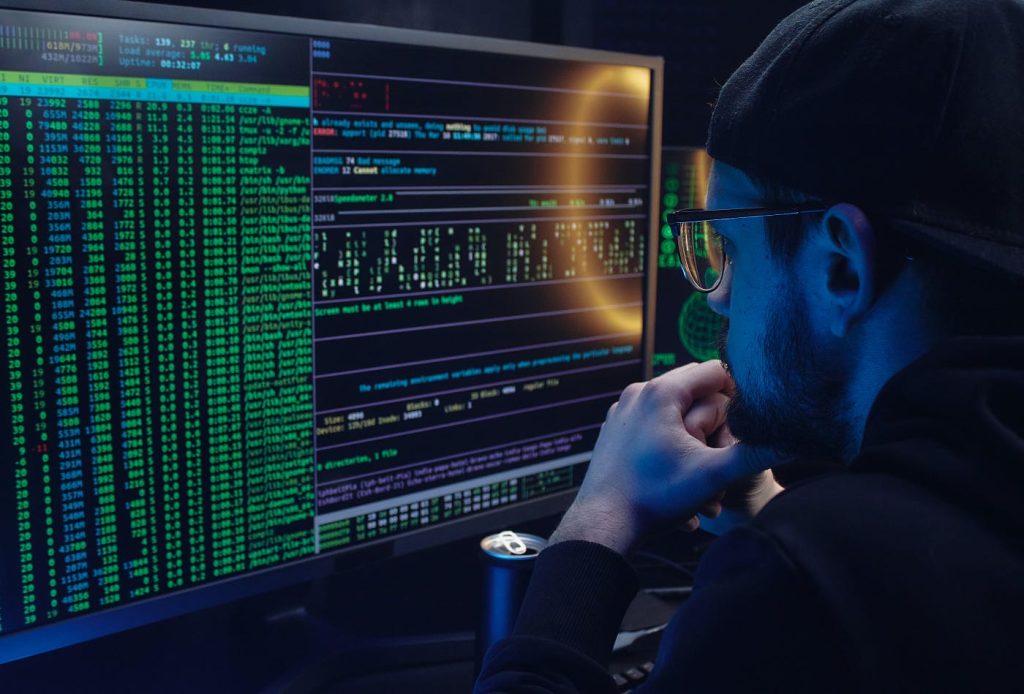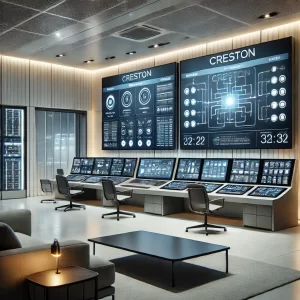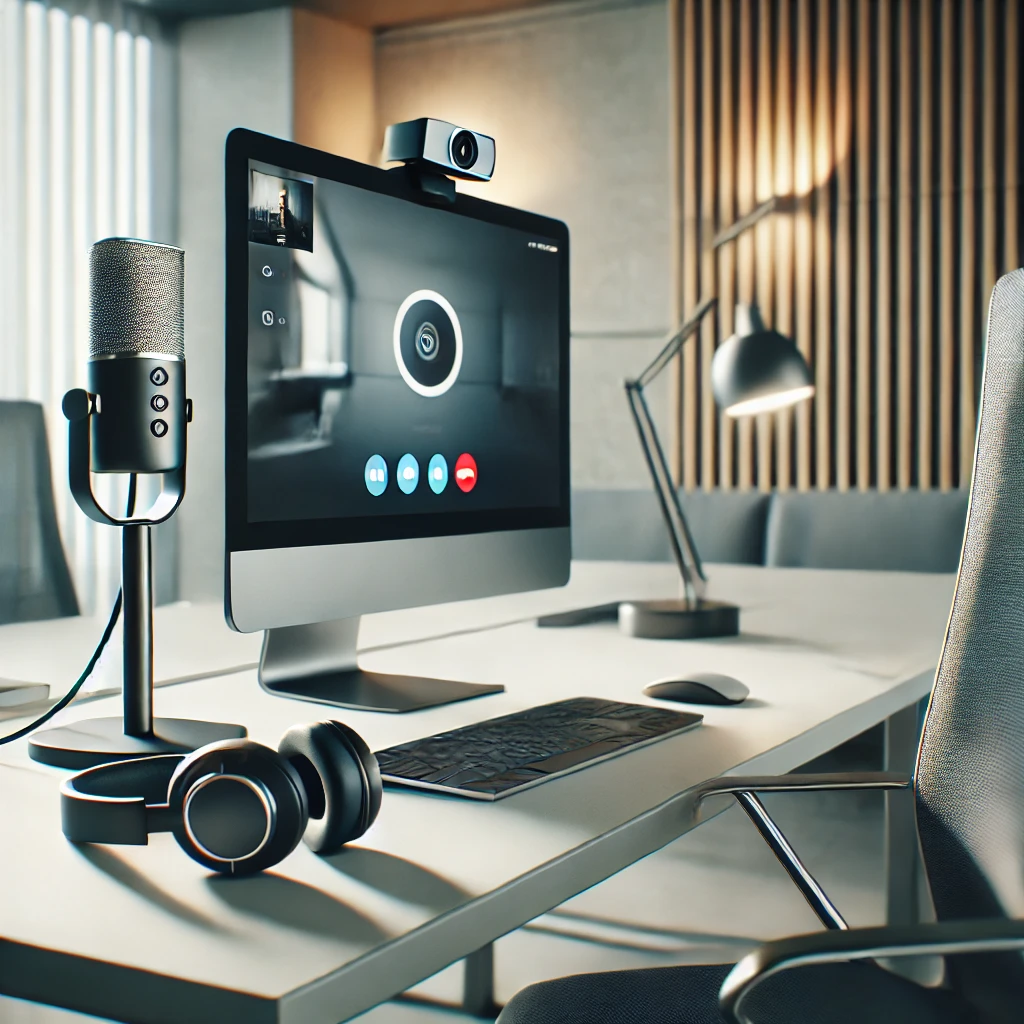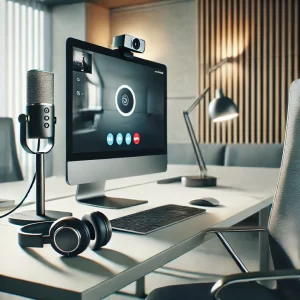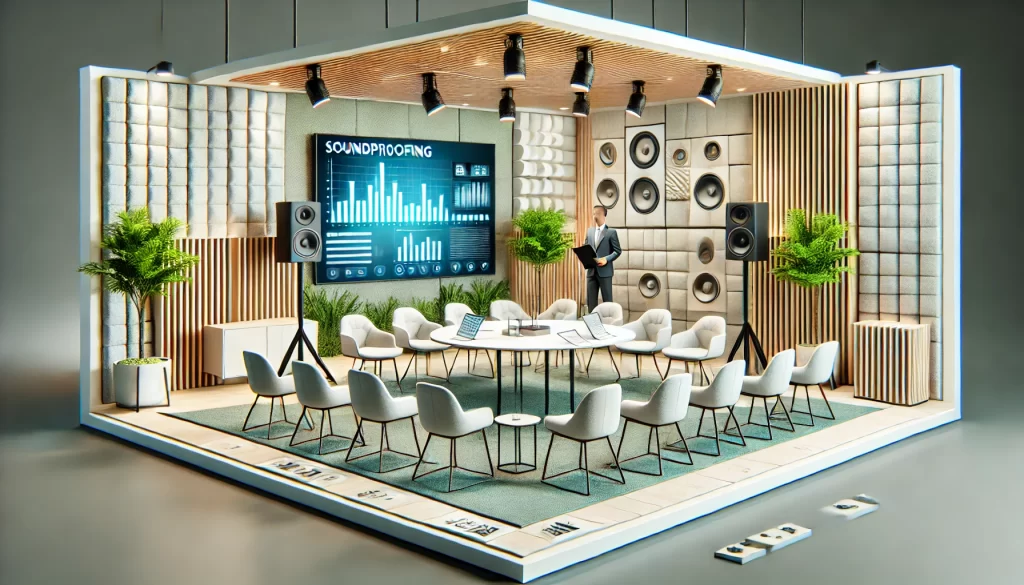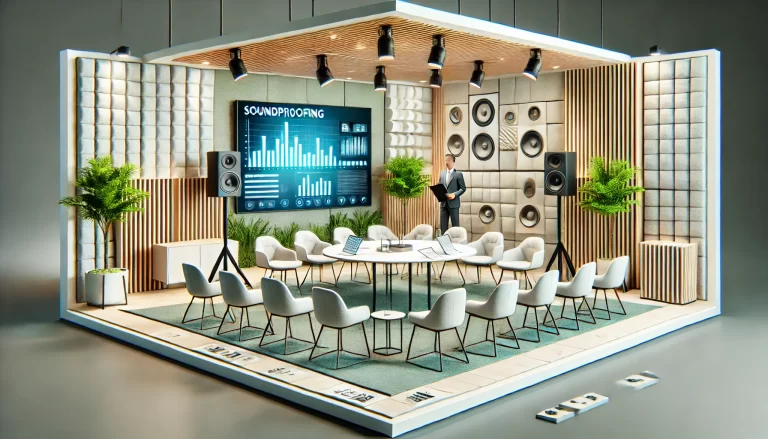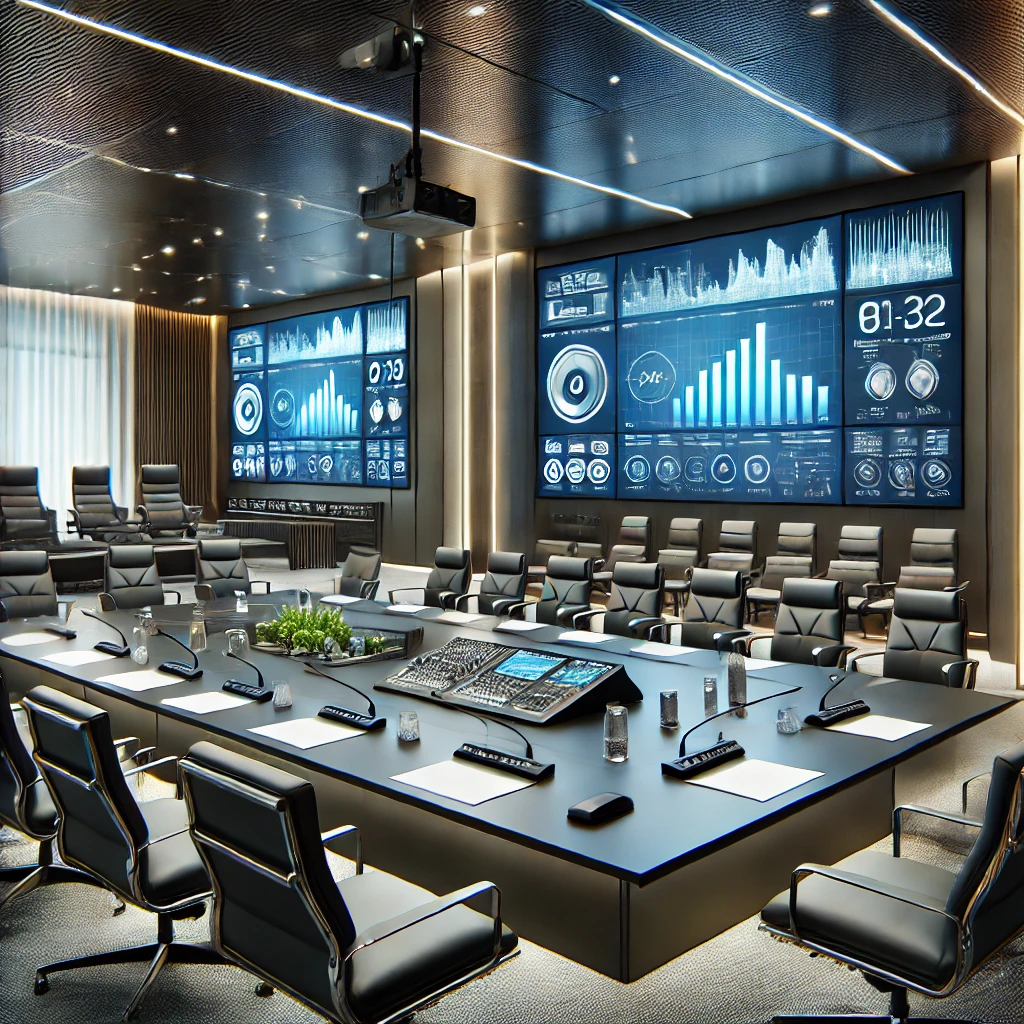Top 5 AV Design Tips for a Sustainable Office
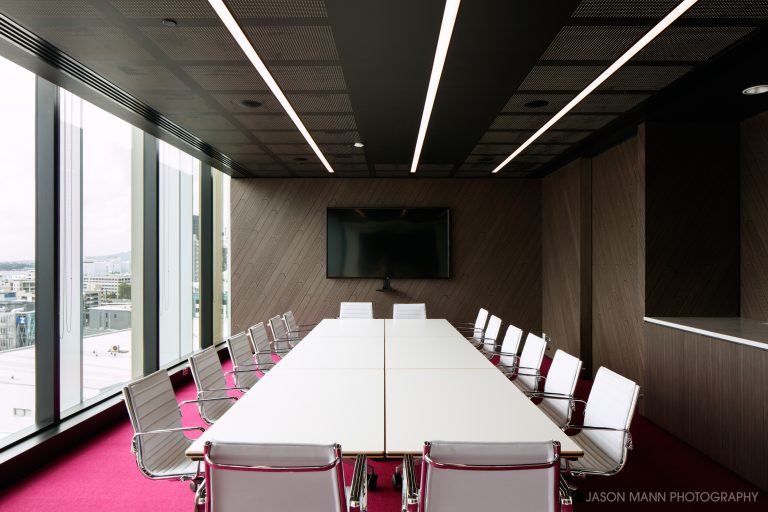
Table of Contents
Introduction to Sustainable AV Design for offices
In today’s world, sustainability has become more than just a trend; it’s a necessity. As companies shift toward eco-friendly practices, the way offices are designed has transformed. Sustainable AV (Audio-Visual) design plays a crucial role in creating workspaces that not only minimize environmental impact but also enhance productivity. Whether you’re setting up a new office or revamping an existing one, understanding how to design an AV system sustainably is key.
What is Sustainable AV Design?
Sustainable AV design refers to the practice of creating audio-visual setups that reduce energy consumption, use eco-friendly materials, and are optimized for long-term environmental benefits. It involves everything from choosing energy-efficient devices to incorporating smart systems that minimize waste. But why is this important? AV systems are often power-hungry, so focusing on sustainability can drastically reduce your office’s carbon footprint.
Benefits of Sustainable AV Design for Offices
Adopting sustainable AV design has a host of benefits, including:
- Reduced Energy Consumption: With energy-efficient devices and smart controls, your office can significantly cut down on electricity use.
- Enhanced Employee Well-being: Eco-friendly environments improve employee morale and health, fostering a more productive workspace.
- Long-Term Cost Savings: While sustainable AV systems might have a higher upfront cost, the long-term savings in energy bills and maintenance costs make it worth the investment.
The Role of AV Technology in Sustainability
AV technology can contribute to a sustainable office in many ways. For example, video conferencing tools reduce the need for travel, cutting down on carbon emissions. Meanwhile, energy-efficient displays and automated lighting systems can optimize power usage, ensuring that you’re not using more energy than necessary.
Top 5 AV Design Tips for a Sustainable Office
Now, let’s dive into the top 5 AV design tips to help you create a more sustainable office.
Tip #1: Energy-Efficient Equipment
The first step in designing a sustainable AV system is choosing the right equipment. Opt for devices with ENERGY STAR ratings or similar certifications. These devices are specifically designed to consume less power, helping you save energy while maintaining high performance.
Tip #2: Smart Automation and Control Systems
Smart systems can automatically adjust the energy usage of your AV equipment. By integrating automation, you can schedule devices to power down during non-working hours or when rooms are unoccupied. This not only reduces energy waste but also extends the lifespan of your AV devices.
Tip #3: LED Displays and Lighting
LED technology is one of the most energy-efficient options available for displays and lighting. Compared to traditional lighting and display technologies, LEDs consume far less energy and last longer, making them a sustainable choice for any office setup.
Tip #4: Optimize Cable Management and Wiring
An often overlooked aspect of sustainable AV design is cable management. By organizing and minimizing unnecessary wiring, you can reduce the amount of materials used in your setup. This cuts down on waste and helps maintain a cleaner, more efficient system.
Tip #5: Recyclable and Eco-Friendly Materials
Whenever possible, choose AV equipment made from recyclable or eco-friendly materials. Many manufacturers are now offering products with reduced plastic content or components made from recycled materials, helping to reduce the environmental impact of your setup.
Implementing Energy-Saving Modes in AV Systems
Most modern AV systems come with energy-saving modes that can be enabled to reduce power consumption. Make sure to configure these settings to automatically dim displays, power down idle equipment, and reduce brightness when full power isn’t necessary.
Incorporating Natural Light into AV Design
Natural light is one of the best ways to reduce energy use. When designing your office’s AV system, take advantage of natural lighting by positioning screens and devices where they don’t need to rely on artificial light. This can help you lower your electricity bills and enhance the comfort of your workspace.
Reducing Paper and Physical Materials with AV Solutions
Digital AV systems allow for a reduction in the need for paper and other physical materials. For instance, instead of printing out meeting handouts, you can use digital displays or interactive whiteboards. Not only does this cut down on waste, but it also creates a more flexible and modern workspace.
Collaborating with Sustainable AV Providers
When implementing a sustainable AV system, it’s important to partner with providers who share your commitment to the environment. Look for AV companies that are certified green or have sustainability policies in place. These companies can help guide you in choosing the most eco-friendly options available.
Case Study: Successful Sustainable AV Design for Offices
A great example of a company that successfully implemented sustainable AV design is Company X, which reduced its energy consumption by 30% through strategic AV upgrades. They switched to energy-efficient devices, automated lighting, and reduced their use of printed materials, resulting in significant cost savings and a lower carbon footprint.
Measuring the Impact of Your Sustainable AV Design
To track the effectiveness of your sustainable AV setup, use energy-monitoring tools that provide real-time feedback on power usage. You can also calculate the reduction in your office’s carbon emissions by comparing energy bills before and after the implementation of sustainable AV practices.
Overcoming Challenges in Sustainable AV Design
While the benefits of sustainable AV design are clear, there can be some challenges—like higher initial costs or limited options for small spaces. However, by carefully planning and prioritizing key sustainability features, you can overcome these challenges and create a more eco-friendly office.
The Future of AV Technology and Sustainability
As AV technology continues to evolve, we can expect to see even more energy-efficient devices and systems on the market. Emerging trends like wireless power, biodegradable materials, and AI-driven automation will make it easier than ever to design AV systems with sustainability in mind.
Sustainable AV design is not only about reducing environmental impact—it’s also about creating more efficient, cost-effective, and productive workspaces. By following these tips and implementing the latest eco-friendly technologies, you can make a significant difference in both your office and the planet. Certainly! AV Design and consultation services play a crucial role in the success of audio visual programming projects. Here’s an overview of these services, specifically focusing on schematic design, floor plans, and elevations. Contact Zapperr AV for More Tips and AV Services

